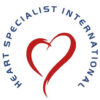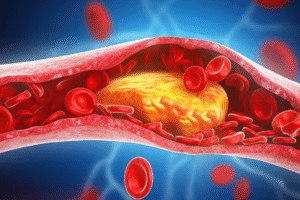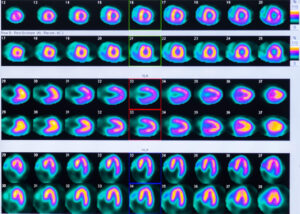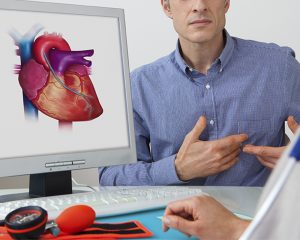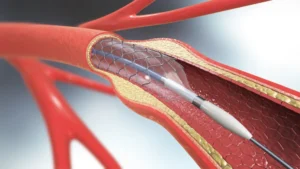It’s easy to blame tired, aching legs on age, long hours standing, or just “bad veins.” But when your legs feel heavy, cramp up at night, or swell regularly, it could be your body sending a more serious message: your heart and blood vessels may not be coping well.
Poor circulation in the legs isn’t just a local issue; it may be tied to conditions like high blood pressure, diabetes, or early heart disease. Here’s what to watch for and why it matters.
What Poor Circulation Feels Like
Your legs need steady blood flow to deliver oxygen and nutrients. When something disrupts this, whether due to blocked arteries, weak veins, or strain on the heart, you might feel:
- Cramps or tightness in the calves, especially when walking or climbing stairs
- Cold feet or toes, even in warm weather
- Swelling in the lower legs or ankles, especially by day’s end
- Discolouration, shiny skin, or slow-healing wounds on your legs or feet
- Varicose veins that seem to worsen with time
If any of these symptoms are new, frequent, or seem to be getting worse, it’s worth speaking to a doctor, especially if you also have diabetes, high cholesterol, or high blood pressure.
What’s the Link Between Legs and the Heart?
Your circulatory system is a network. If the blood vessels in your legs are narrowing or under pressure, similar changes could be happening near your heart.
Two key conditions often connect leg symptoms with heart risks:
1. Peripheral Arterial Disease (PAD)
PAD happens when arteries in the legs become narrowed or blocked, usually due to cholesterol buildup (atherosclerosis). It reduces blood flow and can cause painful cramps while walking, known as claudication. PAD is often a sign that arteries elsewhere in the body, including those near the heart, are also affected.
2. Chronic Venous Insufficiency (CVI)
If your veins have trouble pushing blood back up to the heart, blood can pool in the legs, leading to swelling, skin changes, and varicose veins. It doesn’t always indicate heart failure, but if it’s paired with breathlessness, fatigue, or rapid weight gain, it could be a sign that the heart is struggling.
Who’s More at Risk?
Poor leg circulation and heart disease often affect the same group of people. You’re more likely to experience these problems if you:
- Have diabetes or prediabetes
- Live with high blood pressure or high cholesterol
- Smoke or used to smoke
- Have a family history of vascular problems
- Are over age 50
Leg symptoms shouldn’t be brushed off as “part of getting older”, they could be a warning sign worth checking.
Why Early Action Matters
Ignoring leg symptoms may allow vascular or heart disease to worsen silently. In some cases, untreated circulation issues can lead to infections, ulcers, or even limb-threatening complications.
On the heart side, early intervention can help prevent bigger problems like stroke or heart attack.
The good news? Catching things early gives you more options, from lifestyle changes and medications to preventive heart screenings.
Talk to a Heart Doctor if You Notice These Signs
If you’ve been noticing new or worsening leg symptoms, especially alongside fatigue, shortness of breath, or a history of high blood pressure, it’s a good idea to check in with a heart specialist.
At Heart Specialist International, Dr Paul Ong works with adults who are navigating early signs of heart and vascular issues. A personalised assessment can help determine whether symptoms are heart-related, circulation-related, or both, and what steps can be taken to manage them.
Don’t Ignore What Your Legs Are Telling You
It’s easy to brush off leg discomfort when life gets busy. But your body might be warning you about something deeper.
Book a consultation with Dr Paul Ong at Heart Specialist International today if you’ve been experiencing persistent leg symptoms. Because your legs may be the first to show signs of what your heart is going through.
